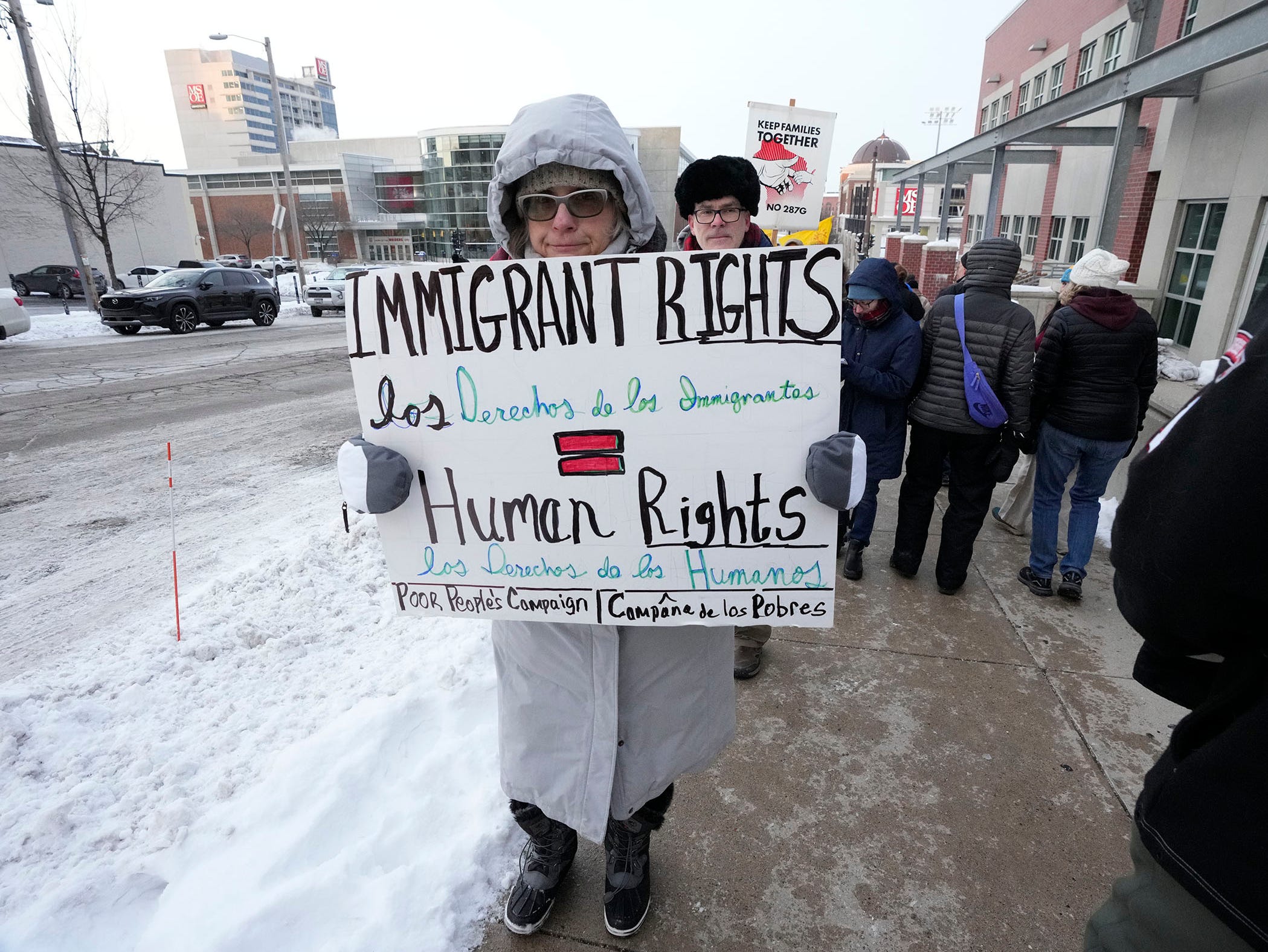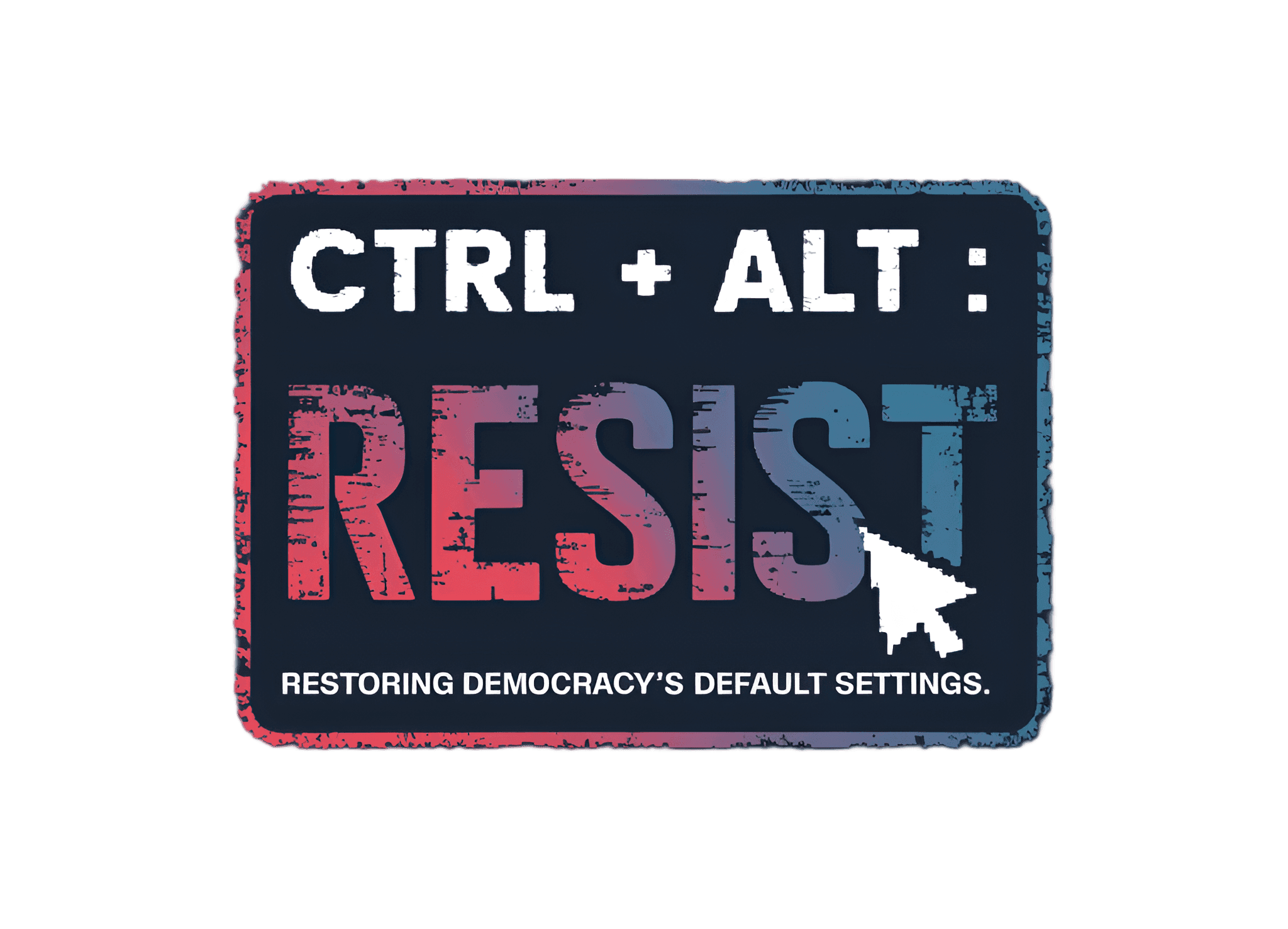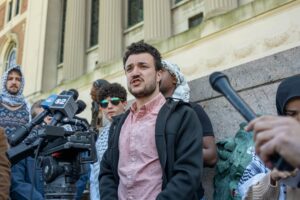
Trump Administration Revokes Legal Status for Over 530,000 Migrants, Setting Stage for Mass Deportations
Jump to:
Trump Administration Revokes Legal Status for Over 530,000 Migrants from Cuba, Haiti, Nicaragua, and Venezuela
In a seismic shift in U.S. immigration policy, the Trump administration has announced the revocation of temporary legal status for more than 530,000 migrants from Cuba, Haiti, Nicaragua, and Venezuela. The decision, formalized through an executive order signed by President Trump on January 20, 2025, eliminates protections granted under a Biden-era humanitarian initiative and establishes a deadline of April 24, 2025, for affected individuals to depart the country voluntarily or face deportation proceedings.
The announcement represents one of the most consequential immigration policy reversals in recent history, affecting hundreds of thousands of individuals who had been legally residing and working in the United States under the Processes for Cubans, Haitians, Nicaraguans, and Venezuelans (CHNV) parole program. Administration officials characterized the move as necessary to restore integrity to the immigration system, while critics warn of potentially devastating humanitarian and economic consequences.
Origins and Purpose of the CHNV Parole Program
Established in late 2022 amid escalating migration pressures, the CHNV program emerged as the Biden administration’s response to complex regional migration challenges and overcrowded conditions at the southern border. The initiative was designed as a structured alternative to irregular migration, particularly as political instability, economic collapse, and humanitarian crises intensified across parts of Latin America and the Caribbean.
Under the program, nationals from Cuba, Haiti, Nicaragua, and Venezuela could apply for humanitarian parole if they had a U.S.-based sponsor willing to provide financial support, passed rigorous background checks, and agreed to travel by air rather than attempting dangerous land routes. The program allowed up to 30,000 individuals monthly to enter legally, granting them temporary legal status and work authorization for a two-year period, with the possibility of renewal.
The initiative demonstrated significant success in reducing irregular border crossings while providing a structured pathway for vulnerable populations. Data from U.S. Customs and Border Protection indicated a substantial decrease in unlawful border crossings from these four countries following implementation, with unauthorized entries dropping by over 80% during the program’s first year.
Details of the Program Termination
President Trump’s executive order, titled “Restoring Immigration Enforcement and Border Security,” explicitly revoked the legal foundation for the CHNV program as part of a broader immigration policy overhaul. The Department of Homeland Security subsequently issued a formal notice announcing that all work permits and parole status granted under the program would be terminated effective April 24, 2025, giving affected individuals approximately 90 days from the announcement to arrange departure.
In a significant operational shift, DHS has repurposed the CBP One mobile application—previously used for scheduling asylum appointments—to now register individuals for “voluntary departure.” Officials stated this approach would facilitate the “orderly return” of those affected while avoiding formal removal proceedings for those who comply with the directive.
“The previous administration’s policy created an unsustainable immigration loophole that undermined our sovereign right to determine who enters our country,” stated DHS Secretary Kristi Noem during a press briefing. “We are restoring order to our immigration system by requiring those without permanent legal status to return to their countries of origin and apply through established legal channels if they wish to immigrate to the United States.”
Administration’s Rationale and Legal Justification
The Trump administration has justified the termination on both legal and policy grounds. Officials argue that humanitarian parole was never intended as a mass immigration program but rather as a case-by-case authority for urgent humanitarian situations. They contend that the previous administration exceeded statutory authority by implementing what amounted to a categorical parole program without congressional approval.
Administration officials have also cited economic concerns, claiming the program placed undue strain on American workers and public resources. “When over half a million foreign nationals are permitted to enter our labor market outside the constraints of our immigration quotas, American workers—particularly those in entry-level positions—face unfair competition and wage suppression,” stated Labor Secretary Marco Rubio in a supporting statement.
National security considerations have featured prominently in the administration’s messaging, with officials alleging that vetting procedures were inadequate and that the program was vulnerable to fraud and misrepresentation. However, when pressed for specific security incidents related to program participants, officials have not provided detailed evidence of systematic security failures.
Impact on Affected Communities and Individuals
The termination affects approximately 532,000 individuals who had been granted parole under the program since its inception. Many have established lives in the United States—securing employment, enrolling children in schools, and forming community connections. According to data from the Migration Policy Institute, approximately 68% of program beneficiaries are employed, contributing an estimated $7.9 billion annually to the U.S. economy through taxes and spending.
The affected populations face unique challenges specific to conditions in their home countries. Venezuelans, who comprise the largest group of beneficiaries at approximately 251,000 individuals, would be returning to a nation still experiencing severe economic contraction and political instability. Similarly, Haitians (approximately 138,000 individuals) would face a country where gang violence has overwhelmed government capacity in many areas.
Community organizations serving these populations report widespread fear and confusion. “We’re seeing panic in communities across the country,” said Maria Cardona, executive director of the Immigration Justice Coalition. “Many of these individuals fled genuinely dangerous conditions and have nowhere safe to return. Families are facing impossible choices—separating from U.S. citizen children or taking them to countries they’ve never known.”
Legal Challenges and Constitutional Questions
Immigration advocates and legal experts have begun preparing challenges to the program’s termination, arguing that the abrupt revocation raises serious due process concerns. “The government created legitimate expectations of continued legal status for these individuals, who relied on official government assurances when building lives here,” explained Professor Gabriel Chin of UC Davis School of Law. “Courts have previously recognized that even non-citizens with temporary status have certain procedural rights before that status can be revoked.”
Several legal organizations have announced plans to file lawsuits challenging both the statutory authority for mass termination and the abbreviated timeline for departure. The American Civil Liberties Union, in coordination with immigrant advocacy groups, has indicated it will seek emergency injunctive relief to prevent deportations while courts review the legality of the administration’s actions.
Historical precedent suggests such challenges may find sympathetic judicial audiences. In previous cases involving Temporary Protected Status terminations, federal courts have sometimes imposed injunctions requiring the government to maintain protections while litigation proceeds. However, the specific legal status of humanitarian parole beneficiaries differs from TPS recipients, creating legal uncertainty.
Congressional Response and Policy Debate
The termination has intensified partisan divisions on Capitol Hill. Republican lawmakers have broadly supported the administration’s actions, with House Speaker Jim Jordan stating, “The previous administration circumvented Congress to implement what amounted to mass amnesty. President Trump is rightfully restoring the rule of law to our immigration system.”
Democratic legislators have condemned the move, with Senate Minority Leader Alexandria Ocasio-Cortez calling it “unnecessarily cruel and potentially destabilizing.” Democratic lawmakers have introduced emergency legislation that would provide temporary status to affected individuals while comprehensive immigration reform is negotiated, though the bill faces slim prospects in the Republican-controlled Congress.
The policy reversal underscores fundamentally different approaches to migration management. The previous administration emphasized creating legal pathways to reduce irregular migration, while the current administration has prioritized deterrence and enforcement measures. Immigration policy experts note that both approaches contain internal contradictions and implementation challenges.
International Implications and Diplomatic Fallout
The decision has prompted diplomatic tensions with the countries whose nationals are affected. The Cuban government has stated it lacks capacity to reabsorb large numbers of returnees, while Haiti’s fragile interim government has appealed for international assistance to manage potential returns. Venezuela’s government has remained largely silent on the matter, raising questions about repatriation logistics.
Regional organizations including the Organization of American States have expressed concern about the humanitarian implications of mass returns to countries with limited absorption capacity. “This decision risks exacerbating already fragile conditions in sending countries and could generate renewed migration pressure,” stated OAS Secretary General Laura Chinchilla.
International human rights bodies, including the United Nations High Commissioner for Refugees, have urged the United States to ensure any returns are conducted with appropriate safeguards for those who may face persecution. Human rights organizations have documented deteriorating conditions in several of the affected countries, raising concerns about the safety of returnees.
Economic and Social Consequences
Economists have begun assessing the potential economic impact of removing over half a million individuals from the U.S. workforce and consumer base. Industries with high concentrations of program beneficiaries—including hospitality, construction, healthcare support, and food service—may face particular disruption. In certain regional labor markets, the departure of substantial numbers of workers could exacerbate existing labor shortages.
Local officials in communities with significant populations of program beneficiaries have expressed concerns about community destabilization and economic contraction. “These individuals have become integral parts of our community—they work in our businesses, volunteer in our churches, and contribute to our tax base,” stated Mayor Carlos Gimenez of Miami-Dade County. “Their sudden removal will leave holes in our social fabric and our local economy.”
School districts with substantial numbers of children from affected families report preparing for potential enrollment declines and addressing trauma among students facing family separation or relocation. “We’re developing guidance for teachers and counselors on supporting children through this tremendously difficult transition,” explained Dr. Lucia Martinez, superintendent of a district with high enrollment of children from affected communities.
Future Outlook and Policy Alternatives
As legal challenges proceed and the April deadline approaches, immigration experts suggest several potential outcomes. Courts could temporarily block the termination while reviewing its legality, the administration could modify implementation timelines in response to logistical challenges, or Congress could intervene with legislation addressing the status of affected individuals.
Policy analysts note that even if the termination proceeds as planned, the underlying migration pressures that led to the program’s creation remain unaddressed. “The fundamental drivers of migration from these four countries—political instability, economic collapse, natural disasters, and insecurity—continue to push people to seek opportunities elsewhere,” explained Dr. Roberto Suro of the University of Southern California. “Without addressing root causes and creating sustainable legal pathways, we’re likely to see renewed irregular migration attempts.”
The situation highlights persistent challenges in America’s immigration framework, where temporary solutions have often substituted for comprehensive reform. While the current administration emphasizes enforcement and deterrence, and the previous administration prioritized humanitarian pathways, both approaches operated within a system widely acknowledged as dysfunctional by experts across the political spectrum. Whether this latest policy shift will prompt meaningful systemic reform remains an open question as affected individuals confront an increasingly uncertain future.
What are your thoughts on this issue? Join the conversation below.



